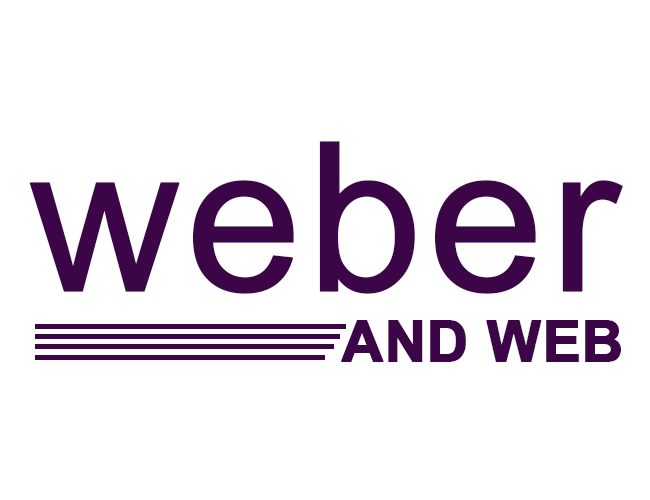Last Tuesday, I watched my project manager, Julia, stare at her calendar for twenty minutes, trying to find the perfect meeting slot for our team review. She shuffled through conflicting schedules, time zones, and availability windows—a frustrating dance we’ve all performed countless times. That’s when I realized how desperately we need smarter solutions.
The integration of artificial intelligence into time management is reshaping how we approach productivity. Modern platforms like Controlio and other AI-powered tools are eliminating the guesswork from scheduling, task prioritization, and resource allocation, creating a new era of workplace efficiency.
The Time Management Crisis Plaguing Modern Workplaces
Let’s face reality: traditional time management methods are failing us spectacularly. Studies reveal that 82% of professionals lack structured time management systems, leading to chronic productivity issues and workplace stress.
Think about your typical workday. How many hours do you spend switching between apps, manually updating schedules, or trying to remember which tasks deserve priority? The Controlio software represents a shift toward intelligent automation that addresses these daily frustrations.
Why Manual Systems Can’t Keep Up
Manual scheduling feels like trying to solve a Rubik’s cube blindfolded. You’re juggling multiple variables—deadlines, team availability, resource constraints, and personal preferences—while hoping nothing falls through the cracks.
Modern professionals waste approximately 200 hours annually navigating between different scheduling platforms. That’s five weeks of productivity lost to administrative overhead!
How AI Transforms Traditional Time Management
Intelligent Scheduling Automation
AI-powered scheduling tools analyze historical patterns, employee availability, and project requirements to suggest optimal meeting times automatically. Instead of playing email tag for two days to find a suitable meeting slot, AI identifies the perfect window in seconds.
These systems consider factors humans often overlook: time zone differences, individual productivity patterns, and even travel time between meetings. The result? Seamless scheduling that actually works.
Smart Task Prioritization
Remember when prioritizing meant creating endless to-do lists and hoping for the best? AI task management analyzes multiple factors—urgency levels, deadlines, dependencies, and personal work patterns—to create intelligent priority sequences.
I’ve seen teams reduce project completion times by 30% simply by letting AI handle task prioritization. The system identifies critical path activities and adjusts priorities dynamically as situations change.
Predictive Time Tracking
Traditional time tracking requires constant manual input, leading to inaccurate data and frustrated employees. AI-powered solutions automatically detect activities, categorize time spent, and provide insights into productivity patterns.
These tools learn from your behavior, becoming more accurate over time. They identify peak performance hours, highlight time-wasting activities, and suggest workflow improvements based on actual data rather than assumptions.
Revolutionary Features Reshaping Workplace Efficiency
Adaptive Learning Capabilities
The most impressive aspect of AI time management tools is their ability to learn and adapt. These systems continuously analyze your preferences, work patterns, and decision-making processes to provide increasingly personalized recommendations.
For instance, if you consistently postpone creative tasks until afternoon hours, the AI learns this pattern and automatically schedules similar activities during your peak creative periods.
Personalized Productivity Insights
Modern AI tools go beyond simple tracking to provide actionable insights. They identify productivity bottlenecks, suggest break timing to prevent burnout, and recommend workflow optimizations tailored to your specific work style.
The Controlio Tool offers comprehensive analytics that help managers understand team dynamics and individual productivity patterns without invasive monitoring.
Seamless Integration Ecosystem
Today’s AI time management platforms integrate with existing business tools, creating unified productivity ecosystems. Whether you’re using project management software, communication platforms, or accounting systems, AI tools sync data automatically.
This integration eliminates data silos and provides holistic views of productivity across all business functions.
Real-World Applications Across Industries
Creative Agencies and Design Teams
Creative professionals often struggle with estimating project timelines and managing client expectations. AI tools analyze historical project data to provide accurate time estimates for similar work, helping agencies price services appropriately and set realistic deadlines.
Remote and Hybrid Teams
Distributed teams face unique coordination challenges. AI scheduling tools consider different time zones, cultural working preferences, and individual availability patterns to optimize global team collaboration.
Service-Based Businesses
Professional services rely heavily on accurate time tracking for client billing. AI systems automatically categorize billable hours, eliminate manual entry errors, and generate detailed reports for transparent client invoicing.
Healthcare and Emergency Services
Healthcare environments require precise scheduling to ensure adequate coverage while managing complex shift patterns. AI systems optimize staff scheduling while considering skill requirements, legal compliance, and employee preferences.
Overcoming Implementation Challenges
Employee Adoption Strategies
Introducing AI time management tools requires careful change management. Start with pilot programs, provide comprehensive training, and highlight personal benefits rather than organizational surveillance aspects.
Successful implementations focus on employee empowerment rather than micromanagement. When team members see how AI tools reduce administrative burden and improve work-life balance, adoption rates increase dramatically.
Data Privacy and Security Concerns
Address privacy concerns transparently. Explain data collection purposes, implement robust security measures, and ensure compliance with relevant regulations. Trust building is essential for successful AI tool deployment.
Integration Complexity
Choose AI platforms with strong integration capabilities and dedicated support teams. Gradual rollouts often work better than attempting to integrate all systems simultaneously.
Measuring Success and ROI
Productivity Metrics That Matter
Focus on meaningful metrics like project completion rates, deadline adherence, and employee satisfaction rather than just time logged. AI tools should improve quality of work, not just quantity tracking.
Long-term Performance Gains
Organizations using AI time management tools typically see 25-40% improvements in project delivery times and 35% reductions in scheduling-related administrative work within six months of implementation.
Employee Satisfaction Improvements
When AI handles routine scheduling and prioritization tasks, employees report higher job satisfaction and reduced stress levels. This translates to better retention rates and improved team performance.
Future Trends in AI-Powered Time Management
Predictive Analytics Evolution
Next-generation AI systems will predict potential scheduling conflicts, resource shortages, and productivity bottlenecks before they occur, enabling proactive management decisions.
Natural Language Processing Integration
Future tools will understand natural language scheduling requests, making interactions more intuitive. Instead of navigating complex interfaces, users will simply describe their scheduling needs conversationally.
Wellness Integration
Advanced AI platforms will incorporate employee wellness data, suggesting optimal work schedules based on stress levels, sleep patterns, and overall health indicators.
Cross-Platform Intelligence
The future lies in AI systems that work seamlessly across all productivity tools, creating unified intelligence that optimizes entire workflow ecosystems rather than individual applications.
Best Practices for AI Time Management Success
Start with Clear Objectives
Define specific goals before implementing AI time management tools. Whether you’re focusing on improved project delivery, better resource utilization, or enhanced work-life balance, clear objectives guide successful implementations.
Encourage User Feedback
Regular feedback sessions help optimize AI tool configurations and identify areas for improvement. User input is crucial for maximizing tool effectiveness.
Maintain Human Oversight
While AI handles routine tasks, human judgment remains essential for strategic decisions and exception handling. The best implementations combine AI efficiency with human creativity and intuition.
Continuous Optimization
AI time management is an ongoing process, not a one-time implementation. Regular review and optimization ensure continued effectiveness as business needs evolve.
Final Thoughts: Embracing the AI-Powered Future
The transformation from manual time management to AI-powered productivity isn’t just about technology—it’s about reclaiming human potential. When artificial intelligence handles routine scheduling, tracking, and prioritization tasks, teams can focus on innovation, creativity, and strategic thinking.
The key to success lies in choosing tools that complement rather than complicate existing workflows. AI should feel like a helpful assistant, not an intrusive overseer.
As we move forward, organizations that embrace intelligent time management will gain significant competitive advantages. They’ll deliver projects faster, maintain happier employees, and adapt more quickly to changing business conditions.
The future of productivity is here, powered by artificial intelligence that learns, adapts, and optimizes continuously. The question isn’t whether to adopt these tools, but how quickly you can implement them to transform your workplace efficiency.
Start small, measure results, and gradually expand your AI time management capabilities. Your future self will thank you for making the leap today.




